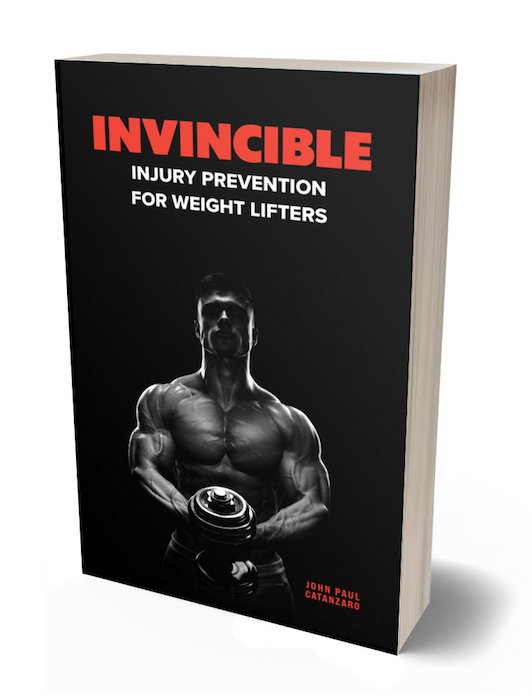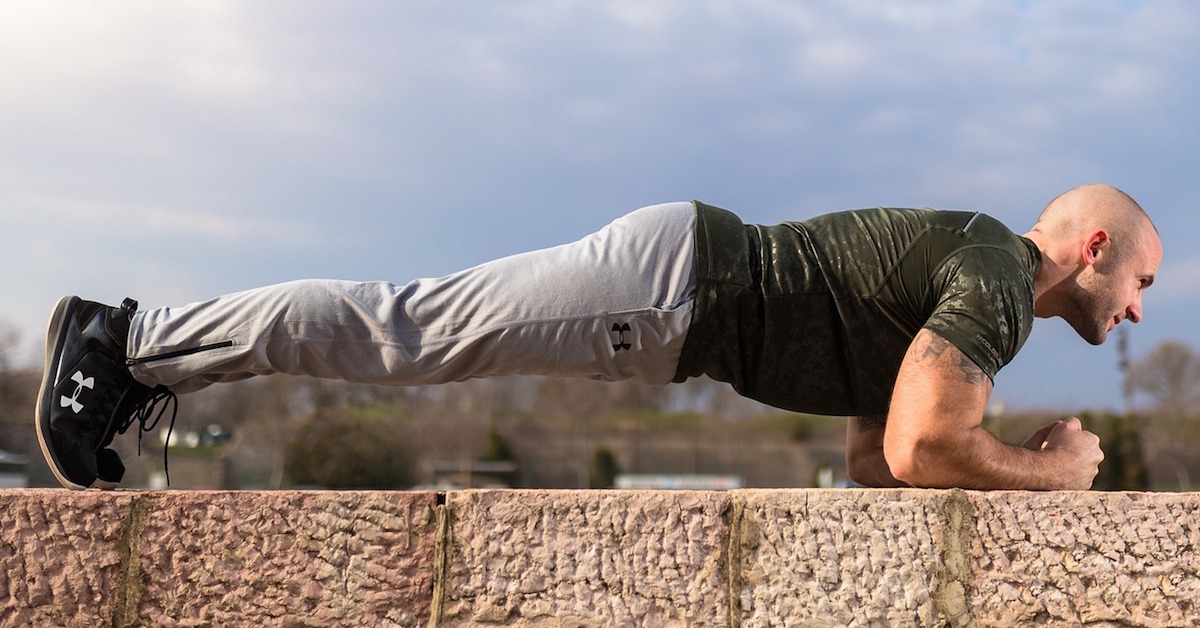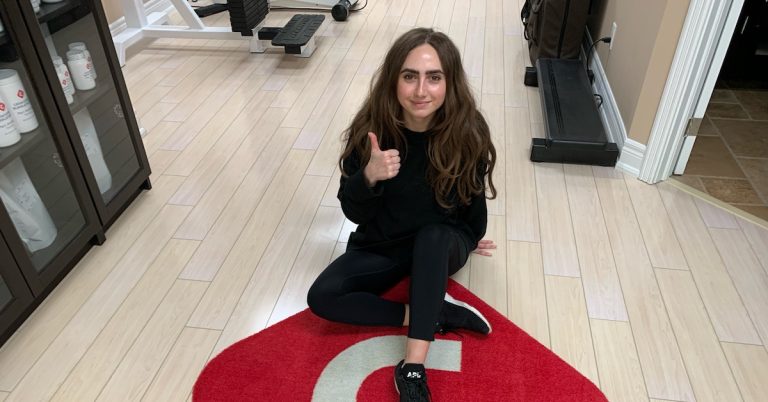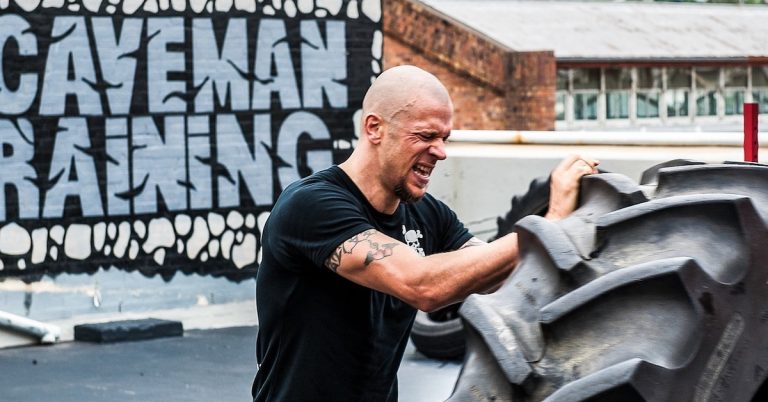If you haven’t heard, it’s no longer cool to rest and ice an injury. Stop doing the RICE method and start doing METH instead. I coined the acronym METH about a decade ago and it’s been very popular ever since. The reason is simple: it works!
METH stands for movement, elevation, traction, and heat. Notice how movement is first on the list? There’s a reason for that… it’s the priority! Actually, movement is involved in every aspect of METH. Let’s take a closer look.
Movement
Choose a pain-free movement that resonates well with you, such as walking, cycling, rowing, or swimming. If you’re in a cast, just wiggling your fingers or toes may be enough. Pick something that does not cause pain and do it. Even better, pick something that relieves your pain and do it! For athletes, concentric-based movements, like cycling or sled dragging, work well because they don’t cause any muscle damage. For most individuals, walking does the job.
Elevation
It’s much easier to push a wheelbarrow down a hill than up one. When possible, let gravity help drainage by placing the injured limb above the level of the heart, then get moving!
Traction
By applying traction and opening up a joint, you allow nutrients in, it increases your range of motion, decreases pain, and gets you back to normal quicker. There are a number of techniques that you can use with a resistance band (here’s one for the ankle), and for the spine, you can try hanging from a bar or lying on a foam roller, but if you use one of these passive methods, make sure to move afterward.
Heat
Some moist heat can help with circulation to bring nutrients and healing factors to the area, but it’s very important to move while you’re doing it to evacuate the waste products and reduce pain. If you don’t, you’re going to increase swelling and pain, and you risk developing a condition known as myositis ossificans. Movement is the remedy! To learn more about this concept, check out my recent appearance on the FSM Sports Game Changers Podcast.

Active Recovery Rules
If you want to speed up the recovery process, get moving! Bodywork can be useful as well, but it’s not enough. It may help you gain some pain-free range and function, but unless you “use it” shortly afterward, you’ll “lose it” fairly quickly. In other words, the effect is usually transient – you must move after any form of passive therapy in order for it to stick. As Stan Efferding says: “There are many externally imposed recovery actions and strategies that elicit movement. But, it’s the movement itself that elicits recovery.”
Bottom Line: Movement is key to healing. Whether you’re healing from a workout or an injury, you need to move and you need to move often!

Invincible: Injury Prevention for Weight Lifters
What’s the best treatment for an injury? Prevention before it even occurs.
That’s what this dynamic book is about. Decades of experience funneled down to accessible, straightforward, injury-prevention gold. Catanzaro skillfully packs this resource with tips and tricks, while keeping the reading light and entertaining. Wherever you are in your lifting career, you’ll find something here that you can go out and implement today. While it’s geared toward the mature lifter, this content is invaluable to the beginner as well. A small tweak here and there in the way you train can make a huge difference to armor your body and get results. And if you’re already dealing with a stubborn injury, get ready for some novel treatments to get you back to fighting shape in no time. Learn to put the right principles in place both in and out of the gym, and soon you’ll be Invincible!

The McGill Warm-Up for an Armour-Plated Core
After decades of pain-free living, I was blindsided by lower back issues late last year. Everyday activities became a challenge,

Ankle Sprain SOS: Experience Swift Healing Through Active Recovery
My client Elise hobbled into the studio last Wednesday. She had just rolled her ankle and was in a lot

Don’t Do Tire Flips
Performing a mixed-grip deadlift can make you susceptible to a biceps injury on the supinated side. Trying to deadlift a
follow
Error: No feed with the ID 2 found.
Please go to the Instagram Feed settings page to create a feed.
